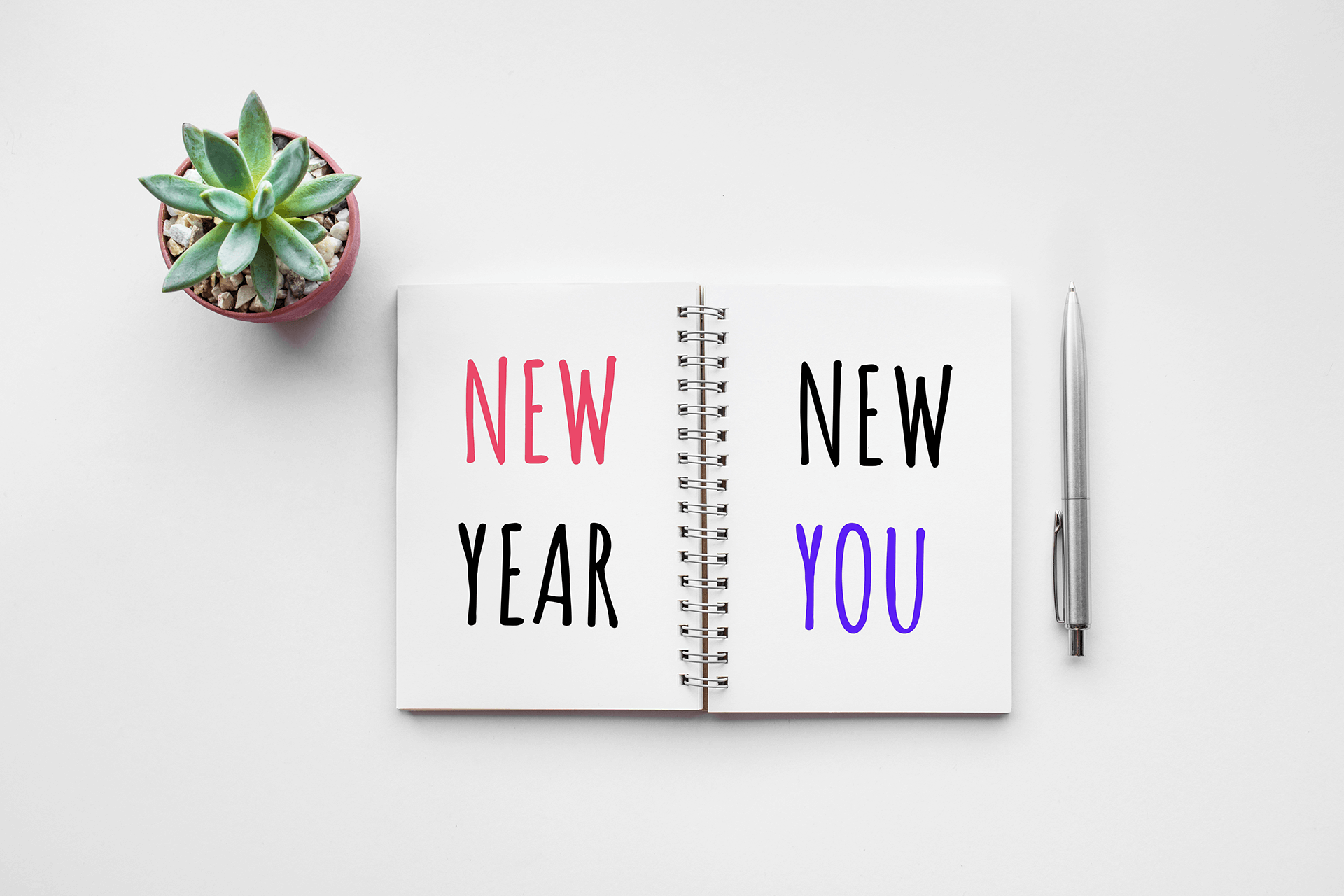
Table of Contents
Introduction
The problem with anxiety,
All we do stems from knowing ourselves—our likes, dislikes, preferences, and probably all of the connections we make throughout our lives. Our self-identity impacts these. Our identity is constantly changing due to the assumptions or insights we have about ourselves, and every new realization creates a small shift in that identity.
However, we’ve all encountered the darker side of this equation—the level deeper, where our fears lurk. These subconscious fears hold us back from trying new things and make us feel anxious, nervous, or scared, even when there’s no immediate danger.
We’ve all felt anxious about doing something we’ve never attempted, or had those experiences where the solution to a problem seemed obvious before we even began thinking it through. This duality of knowing ourselves can be both the greatest gift and the biggest curse.
Now, I’m no expert on identity, and I don’t claim to be. But here are a few things that have helped me diminish the bad side (fears) and bring out the good.
Fear Setting (by Tim Ferriss)
Fear-Setting is a game-changer (or more accurately, a Tim-sent tool) that has helped me make decisions despite uncertainty. Here’s how I use fear-setting to gain perspective on things I’ve been procrastinating on or worrying about:
Put the worst-case scenarios on paper
Taking these fears out of your head and writing them down instantly makes them less intimidating. It also helps you realize that the worst-case scenarios usually aren’t as bad as they seem in your head.
Prevention
List three ways you could prevent these worst-case scenarios from happening. (Don’t overthink it or fall into a thought loop; just list the first three solutions that come to mind.)
Cost of Inaction
What would be the cost of not taking action on these solutions?
List three costs as well!
I’ve found myself feeling less anxious, significantly less worried, and almost always following through on the tasks I had been putting off!
Distanced Self-Talk (via the book “Chatter” by Ethan Kross)
For anyone who has caught themselves being harsh on themselves (ironically) in the midst of a troubled situation or unexplained anxiety, we know that it doesn’t help and clearly shows that we can be our own worst critic.
While reading Chatter by Ethan Kross, I found a technique that has changed the way I see my relationship with my inner self. Here’s what I mean: distanced self-talk is about talking to yourself as if you’re another person by using your name or “you” instead of “I.” This creates psychological distance, helping you manage emotions and think more clearly!
An example of this would be, instead of thinking, “I’m so nervous,” I might say, “Clinton, you’re feeling nervous, but you’ve handled similar situations before.” This can make your inner dialogue seem more like advice from a friend, providing comfort and perspective—a simple yet powerful way to quiet the mental chatter.
These are two of my favorite techniques to reduce anxiety and find peace in stressful moments. What strategies do you use to manage your anxiety?
I’d love to hear your thoughts!



